Reducing Downtime & Maintenance with Aviation-Grade Touchless Faucets
Airlines are moving rapidly to touchless lavatories—but generic commercial faucets
struggle with tight spaces, power limits, vibration, and pressure swings. This case
study explains those problems and how Fontana Aviation Touchless Faucets address
each with an aviation-specific design.

in gold finish, optimized for compact monuments and curved cabinetry.
1. Background: Why Touchless Faucets Are Different In The Air
Context
Airline lavatories operate under a very specific set of constraints:
- Extremely high passenger turnover on relatively small fixtures
- Limited onboard water and strict weight budgets
- Shallow basins and tight cabinetry around the monument walls
- Regulatory pressure around hygiene, safety, and accessibility
- Short turnaround windows between flights for any maintenance
Touchless faucets are a natural fit: they reduce contact surfaces, conserve water,
and standardize user experience across fleets. The challenge is that most
commercial touchless faucets were never designed for turbulence,
DO-160 profiles, or 12–28 V DC aircraft power systems.
The rest of this page focuses on those failure modes—and how the Fontana Aviation
series is engineered to close each gap.
2. Core Problems With Typical Touchless Faucets in Aircraft Lavatories
Problem Space
Limited Space & Shallow Basins
Aircraft lavatories use compact monuments with curved walls and shallow basins.
Many commercial faucets assume deep vanities and generous cabinet volumes.
Impact: Interior panels must be modified, installation times
spike, and any re-work directly consumes turnaround time.
Extra install time: +30–60 min
Power Limitations & Conversion Loss
Many touchless faucets require AC transformers or draw more power than aircraft
DC buses are comfortable with in a lavatory pack.
Impact: Additional conversion hardware adds heat, complexity,
and new failure points in confined spaces.
Aircraft bus: 12–28 V DC
Variable Water Pressure in Flight
Onboard pumps and altitude shifts create non-linear pressure profiles at the
faucet.
Impact: Flow becomes inconsistent; sensors time out too early,
or users wait for the faucet to respond—driving complaints to cabin crew.
Sensor Mis-Triggers Under Vibration
Continuous vibration and turbulence confuse basic IR sensors and loose
mechanical assemblies.
Impact: Water can turn on randomly during turbulence, risking
overflow, or fail to trigger at all when passengers expect it.
Maintenance callouts ↑
Difficult Maintenance Access
Lavatory components sit behind monument panels secured with limited-access
fasteners. Generic solenoid boxes aren’t designed for quick swaps in this
environment.
Impact: Even simple tasks—like clearing debris from a valve—can
ground an aircraft longer than scheduled.
Harsh Cleaning & Corrosive Cycles
Airlines use strong disinfectants and operate across humidity, temperature, and
chemical profiles that are tougher than typical hotel or office restrooms.
Impact: Standard finishes wear prematurely, leading to early
replacement and inconsistent cabin appearance.
per aircraft per week can easily translate to 170+ labor hours per
month—before accounting for any knock-on delays.
3. Downtime & Maintenance Impact
Turnaround & Labor
Turnaround Windows Are Tight
Typical ground times leave very little slack for lavatory troubleshooting:
- Domestic turnaround: often 30–40 minutes gate-to-gate
- International wide-body: 60–120 minutes, shared with catering, fueling, and cleaning
Any unplanned work inside the lavatory must compete for that window. A
single misbehaving faucet can become the bottleneck for an entire flight’s
departure if it risks leakage or passenger-visible failure.
Maintenance Tasks & Time Cost
Common faucet-related activities include:
- Initial retrofit installation and wiring
- Replacing solenoids or clearing debris
- Sensor adjustment or module replacement
- Investigating reports of “no water” or “faucet stuck on”
When systems are not aviation-specific, these tasks frequently take 25–45
minutes per event, often requiring partial monument disassembly.
4. Fontana Aviation Touchless Faucets: Engineering the Right Fit
Solution Architecture
4.1 Compact, Retrofit-Friendly Form Factor
Fontana Aviation touchless systems use a low-profile faucet body and a compact
electronic module that nest cleanly behind aviation lavatory panels and shallow
basins. The assemblies are dimensioned for tight monuments rather than hotel
vanities.
Outcome: Most installations fit existing cut-outs with minimal
modification, allowing install times in the ~20–35 minute range per lavatory
instead of an hour or more.
4.2 Aircraft-Compatible Power Electronics (12–28 V DC)
The Aviation series is built to run natively on 12–28 V DC, aligning
with typical aircraft lavatory power architecture. No separate AC transformer is
required, and power draw is tuned for low-energy operation.
Outcome: Fewer components, less heat, and cleaner wiring, with
reduced risk of tripping lavatory loads or introducing noise onto the bus.
4.3 Adaptive Sensor Logic for Vibration & Motion
Instead of relying on fixed-range IR thresholds, Fontana Aviation faucets use
adaptive sensing logic designed to filter out vibration, micro-movements in the
monument, and light changes in flight. This keeps the faucet focused on actual
hand presence.
Outcome: Dramatically fewer false triggers and “stuck-on” events,
with consistent performance even during turbulence.
4.4 Pressure-Compensated Flow Control
Internal pressure-compensating aerators and valves are tuned for low and variable
aircraft water pressures. Flow is held in a stable band (often around
0.2–0.35 GPM) even as upstream conditions change.
Outcome: Predictable user experience in flight and reliable water
savings without passengers feeling like the faucet is “too weak”.
4.5 Quick-Connect Maintenance & Modular Components
Solenoid and sensor modules are designed as plug-and-play components with
quick-connect hardware. Service access is planned from the start, so technicians
can reach critical parts without dismantling the monument.
Outcome: Many common tasks—such as swapping a solenoid or sensor
module—can be performed in 5–10 minutes, keeping work inside the normal turnaround
window.
4.6 Durable, Aviation-Grade Finishes
Finishes such as Gold PVD, brushed nickel, and matte chrome are built on
multi-layer coatings and validated through aggressive corrosion and chemical
exposure tests.
Outcome: Consistent appearance throughout the fleet and longer
replacement cycles, even under harsh cleaning and humidity patterns.
4.7 Hygiene, Water Savings & Sustainability
Low-flow aerators, automatic time-outs, and optional auto-flush routines all
contribute to water savings and improved hygiene. Reduced mass and water use also
contribute to fuel and emissions savings at the fleet level.
5. Problem–Solution Summary
At a Glance
| Operational Problem | Impact on Airlines | Fontana Aviation Touchless Solution | Result |
|---|---|---|---|
| Limited monument space & shallow basins | Requires panel re-work; longer install times; retrofit risk. | Compact faucet body & slim control module sized for aircraft monuments. |
Install time reduced Minimal structural changes. |
| Power constraints & conversion hardware | More heat, complexity, and failure points; DC bus compatibility issues. | Native 12–28 V DC electronics; low-power draw, aviation-oriented design. |
Simpler wiring Lower electrical maintenance load. |
| Variable pressure & inconsistent flow | User complaints; perceived poor quality; difficult fleet-wide tuning. | Pressure-compensating aerators & valves designed for aircraft pump profiles. | Stable flow band; consistent passenger experience across fleets. |
| Vibration & turbulence causing sensor errors | Random activations, overflow risk, or non-response. | Adaptive sensor logic with vibration filtering and auto time-outs. |
False triggers reduced Fail-safe behavior under turbulence. |
| Difficult access for maintenance | Longer ground times; aircraft at risk of delay for minor issues. | Quick-connect service modules; access designed around lavatory hatches. | Service tasks in 5–10 minutes instead of 25–45 minutes. |
| Harsh cleaning & corrosive cycles | Finish wear, inconsistent cabin appearance, early replacement. | Multi-layer PVD and corrosion-tested finishes validated for aviation use. |
Longer lifecycle Better visual consistency. |
6. Conclusion: Aviation-Grade vs. “Scaled-Down Commercial”
Takeaways
Installing touchless faucets in aircraft lavatories is not as simple as shrinking a
commercial product. The combination of tight monuments, DC power, variable
pressure, vibration, and demanding hygiene requirements makes the faucet a true
subsystem of the aircraft environment.
Fontana Aviation Touchless Faucets are engineered around those realities—from
electronics and sensing logic to serviceability and finish durability. The result
is a system that:
- Fits existing lavatory geometries for faster retrofits
- Integrates cleanly with aircraft DC power systems
- Maintains stable performance through vibration and pressure changes
- Reduces unplanned maintenance effort within tight turnaround windows
- Supports airlines’ hygiene, sustainability, and branding goals
For fleet programs evaluating touchless upgrades, the key decision is no longer
whether to go touchless—but which systems are specifically engineered for
aviation rather than adapted from ground-based commercial fixtures. Fontana’s
Aviation series is designed to live in that gap.
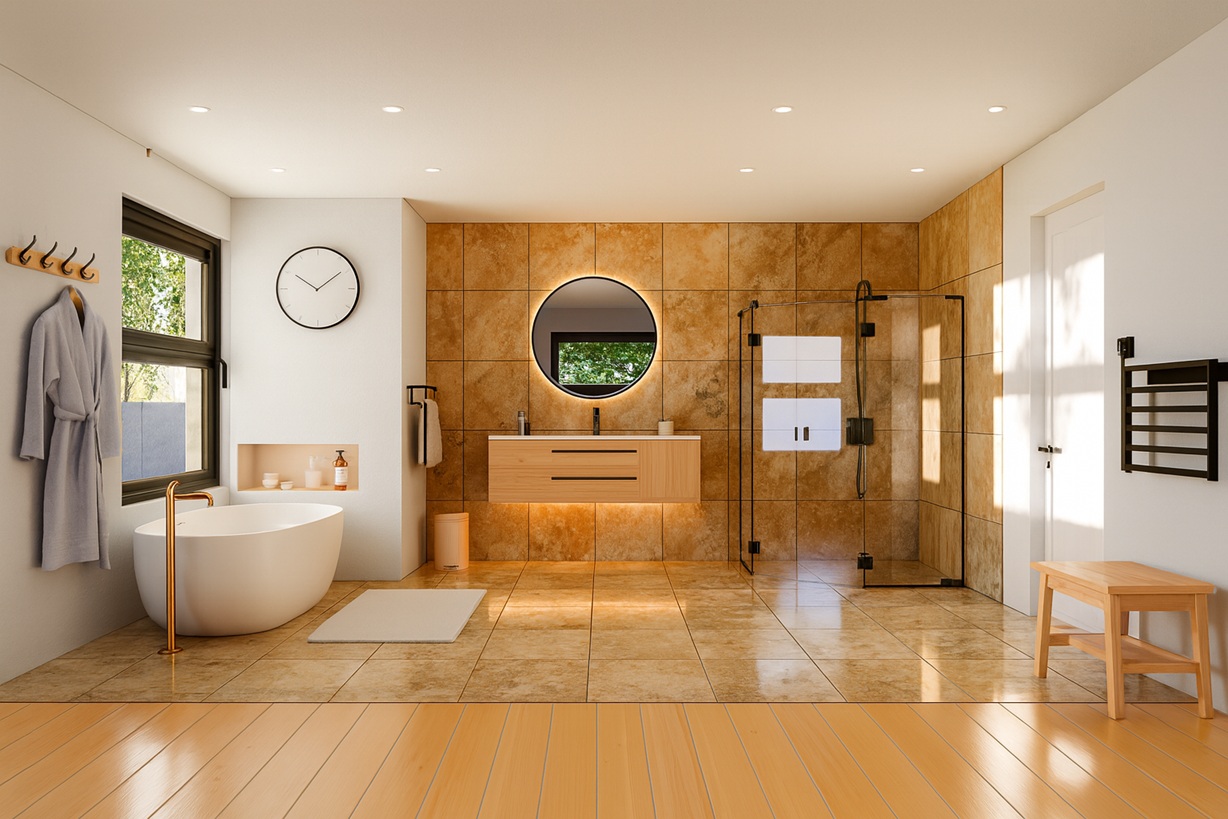
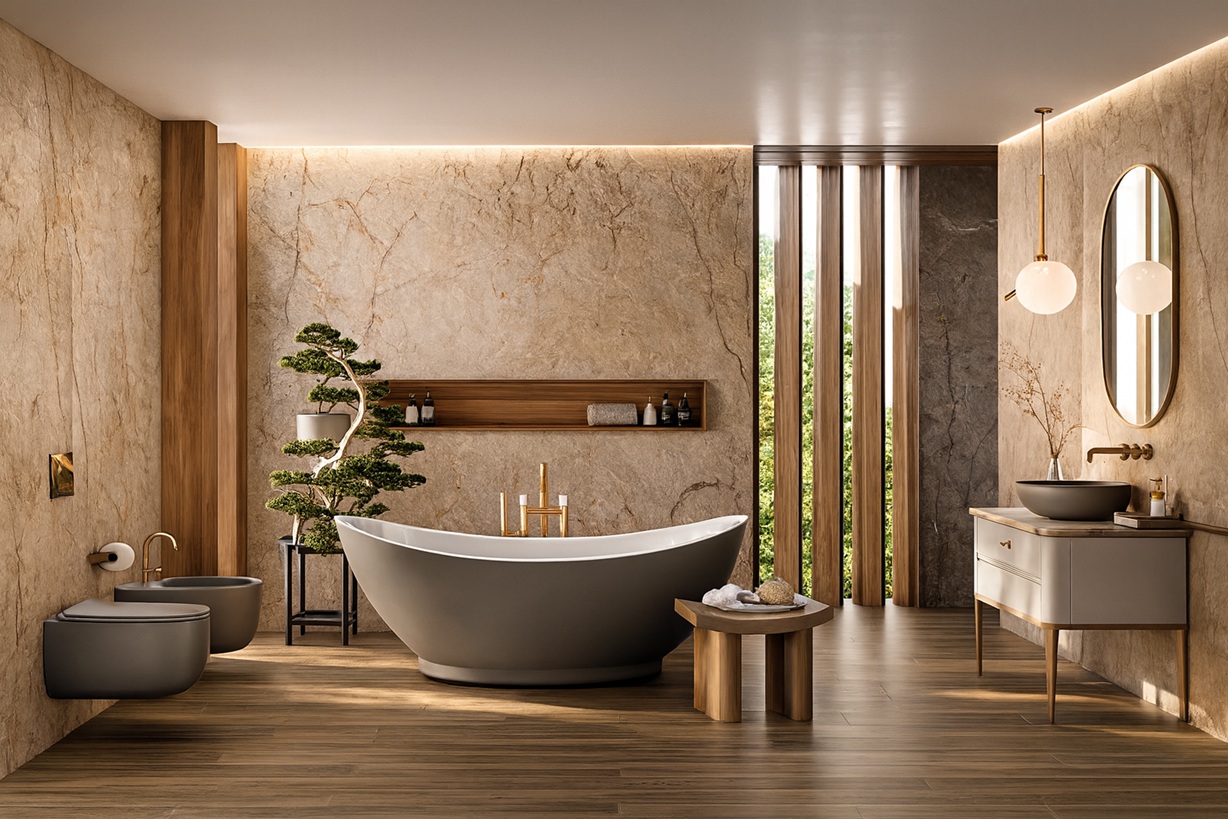
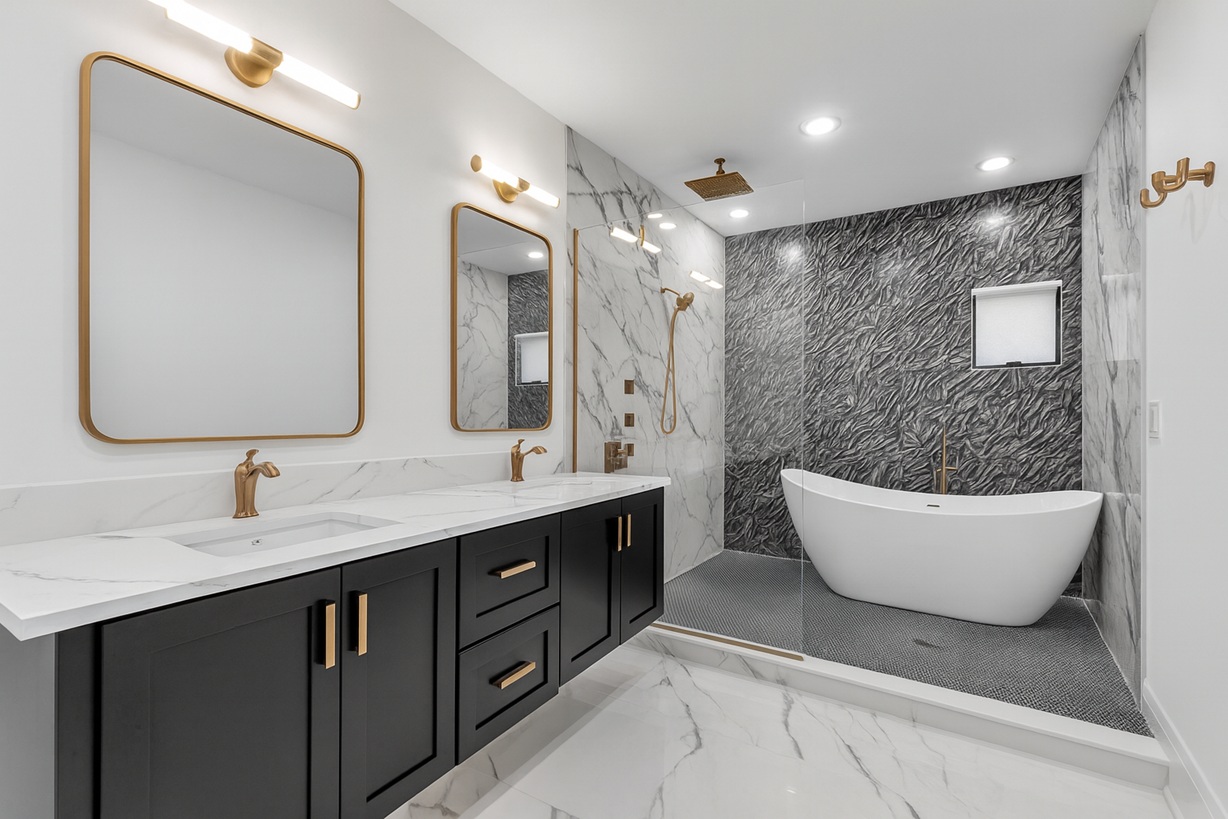
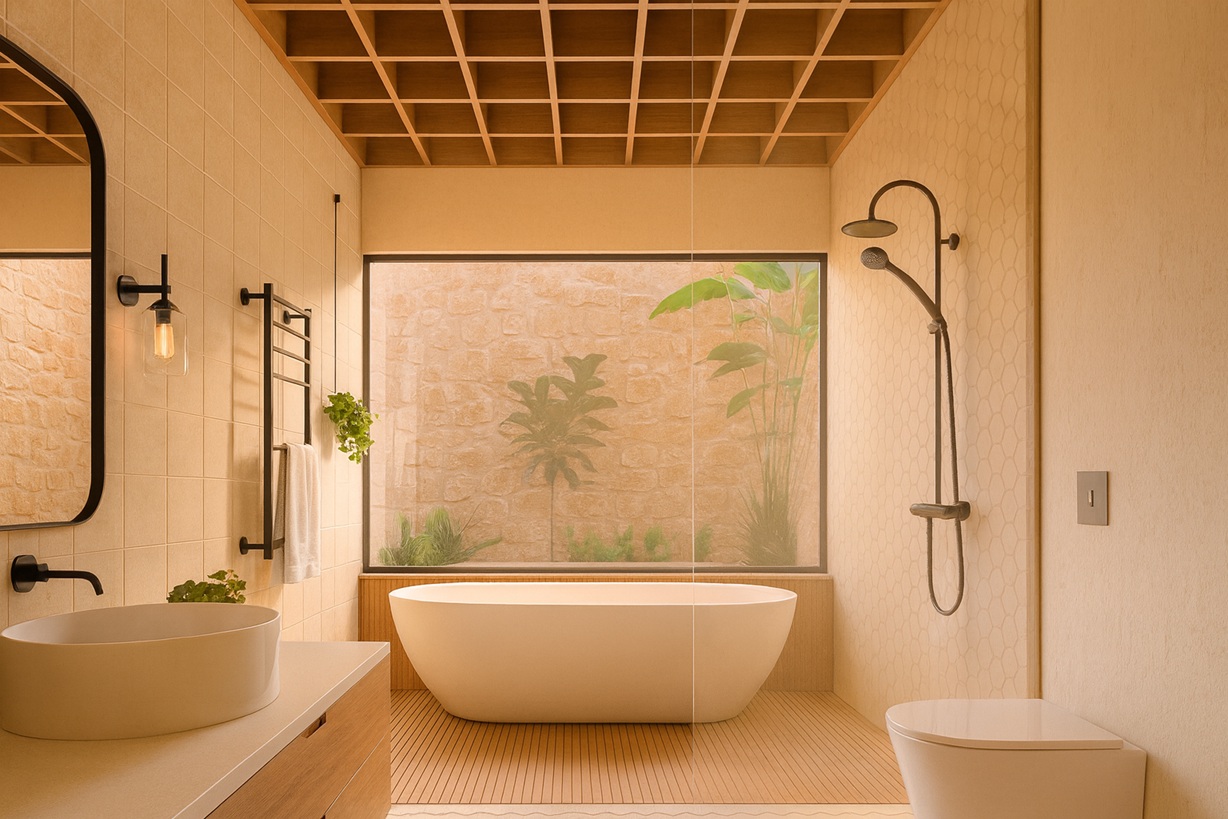
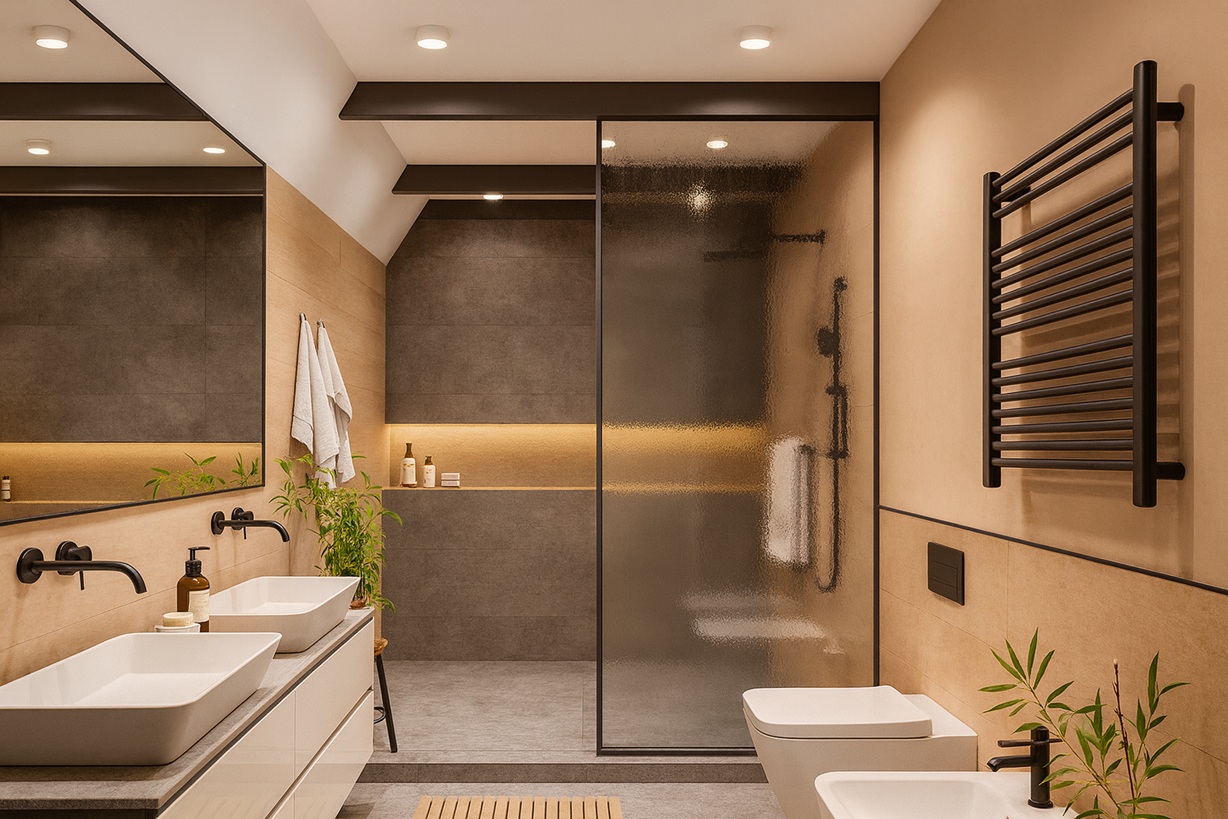

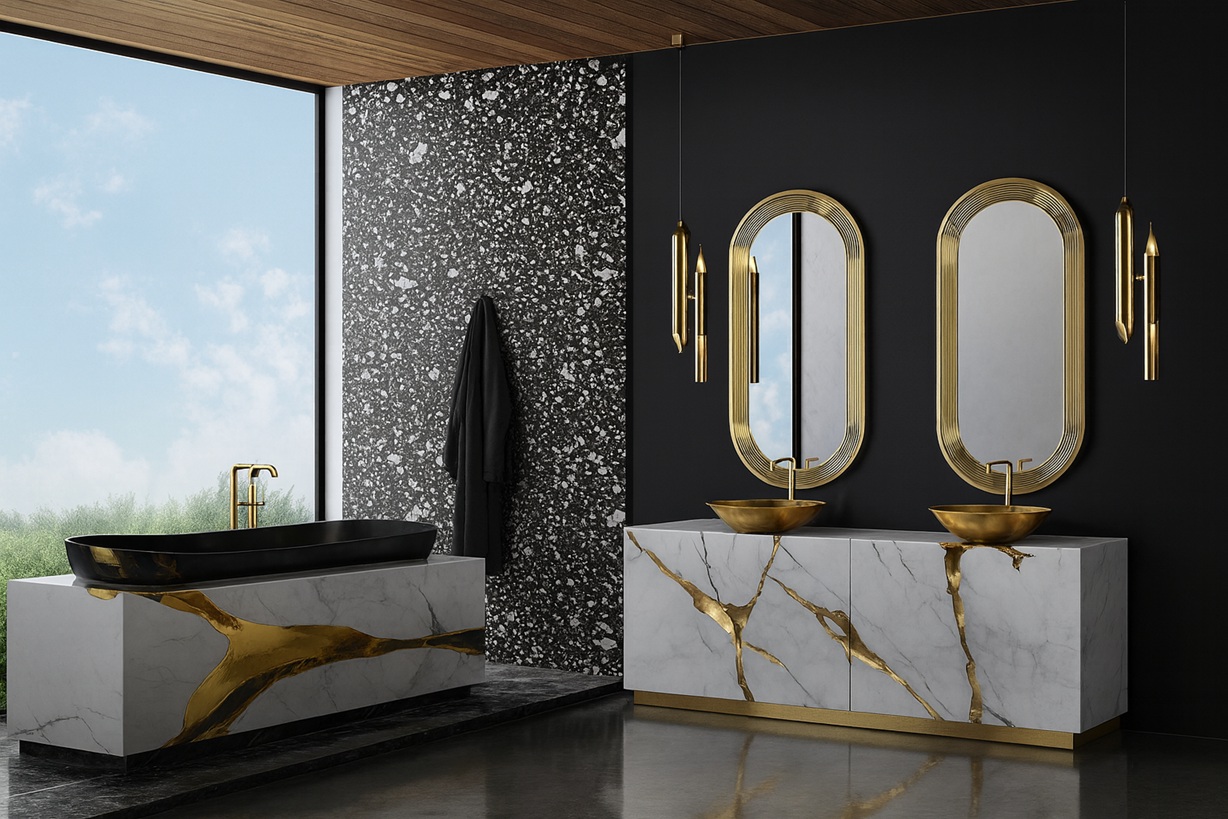
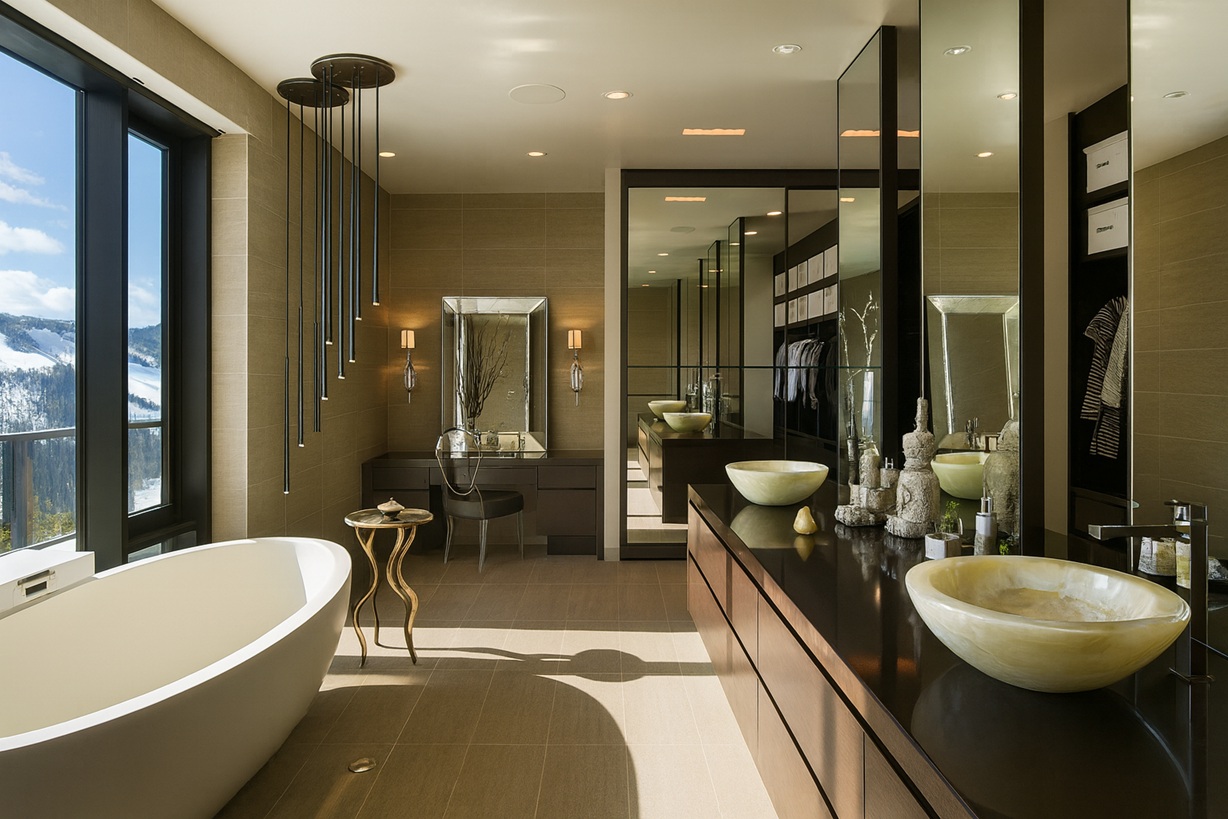

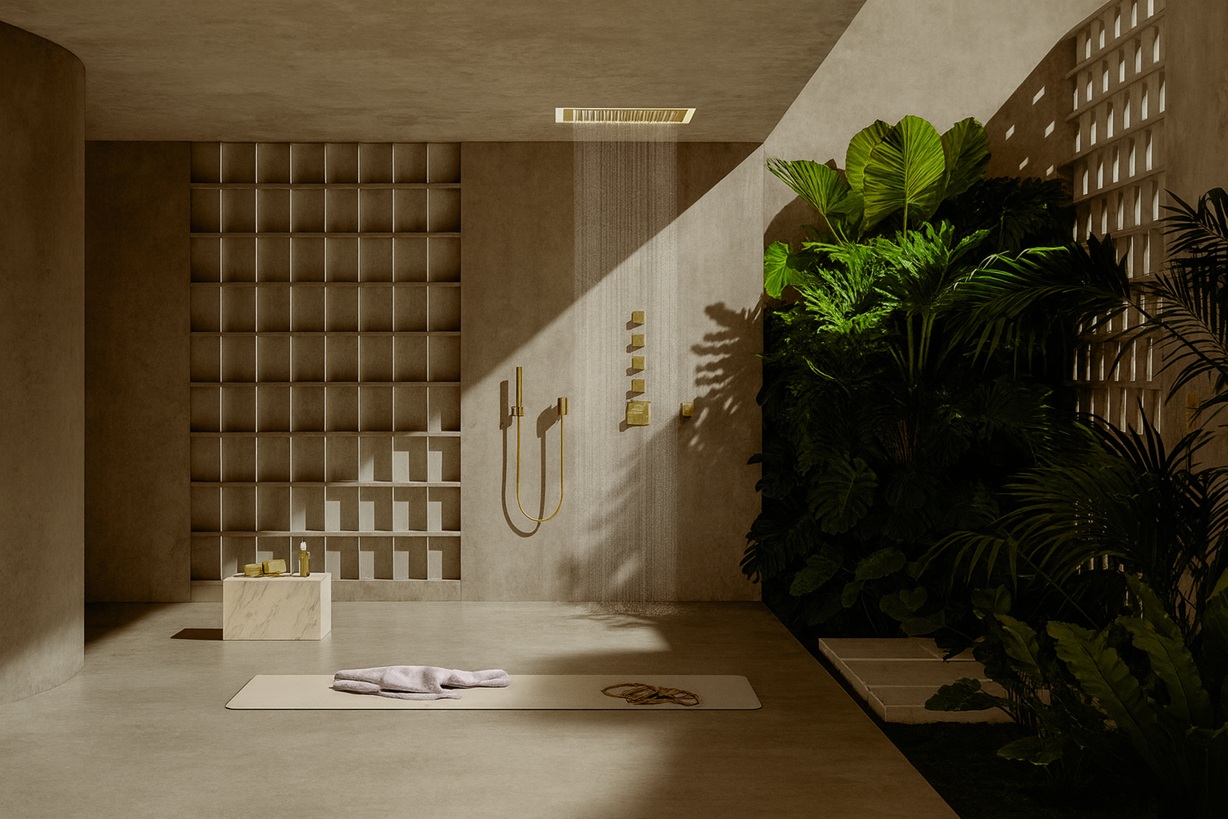
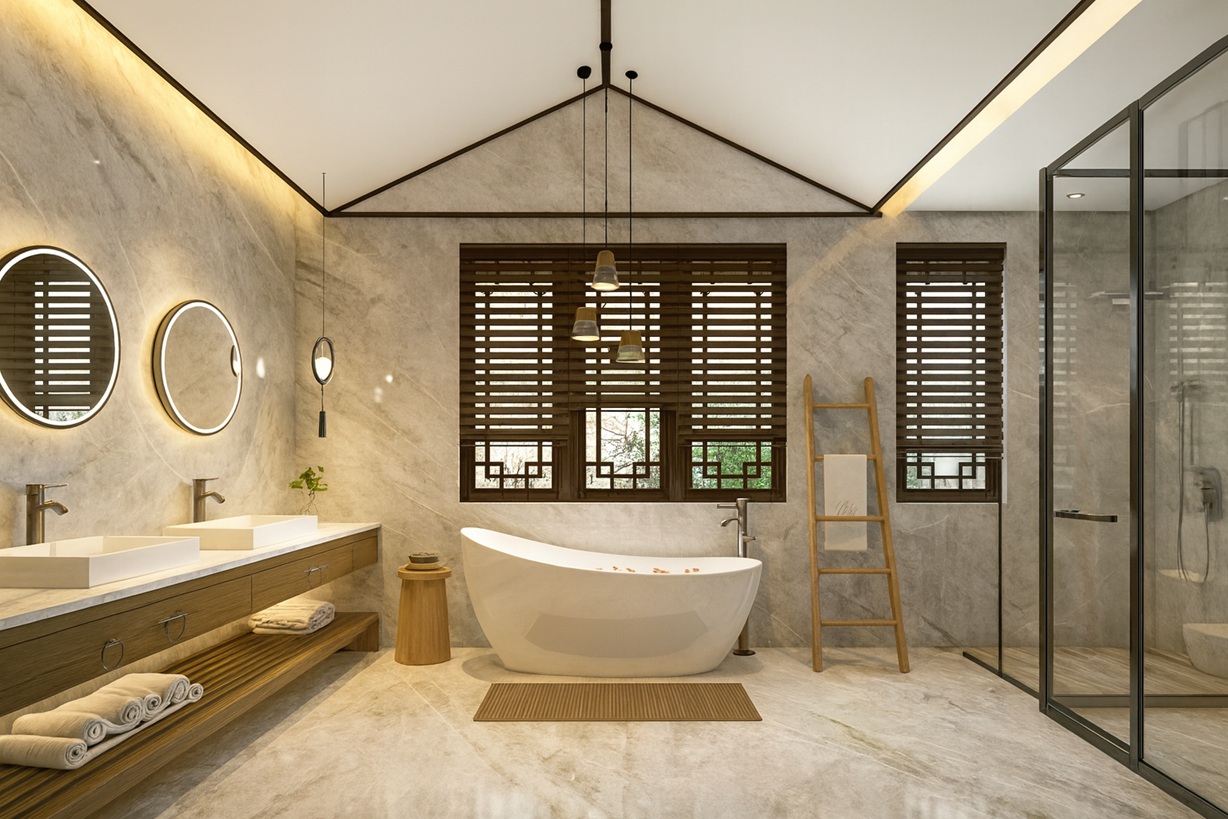
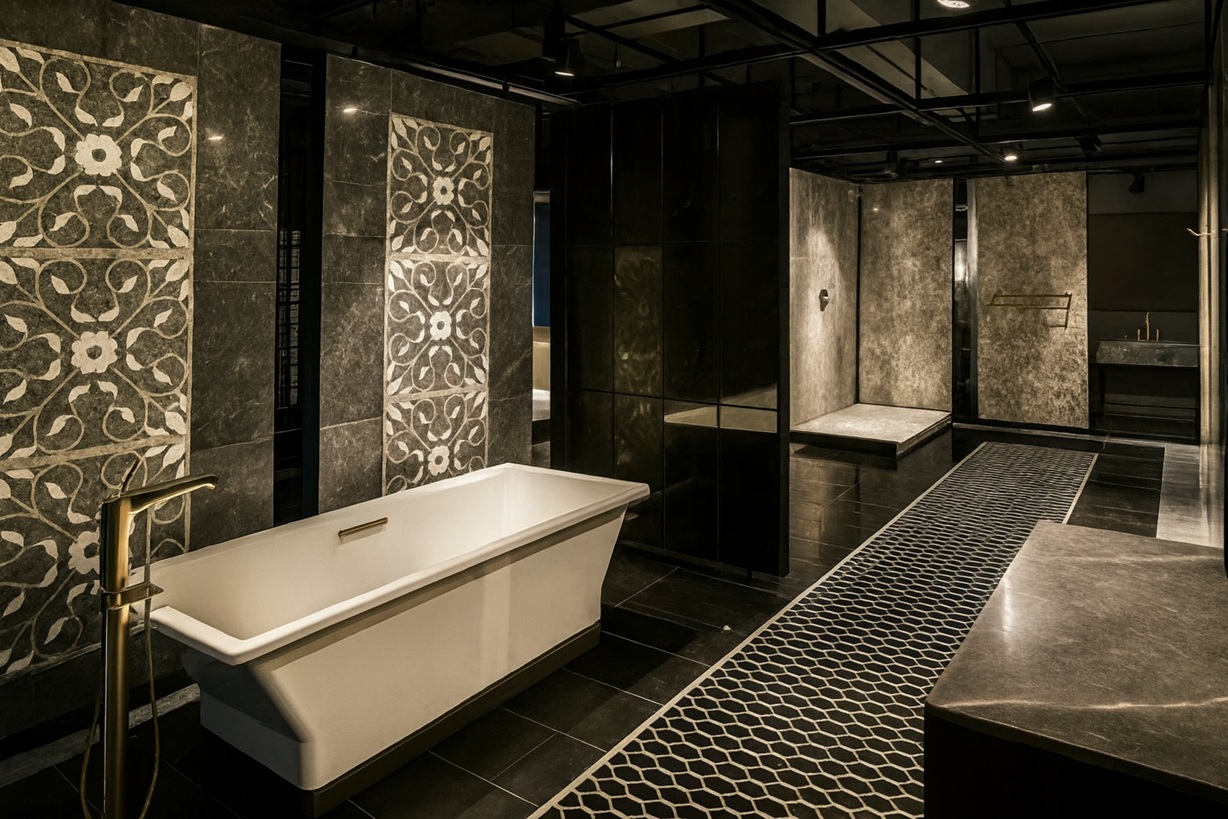
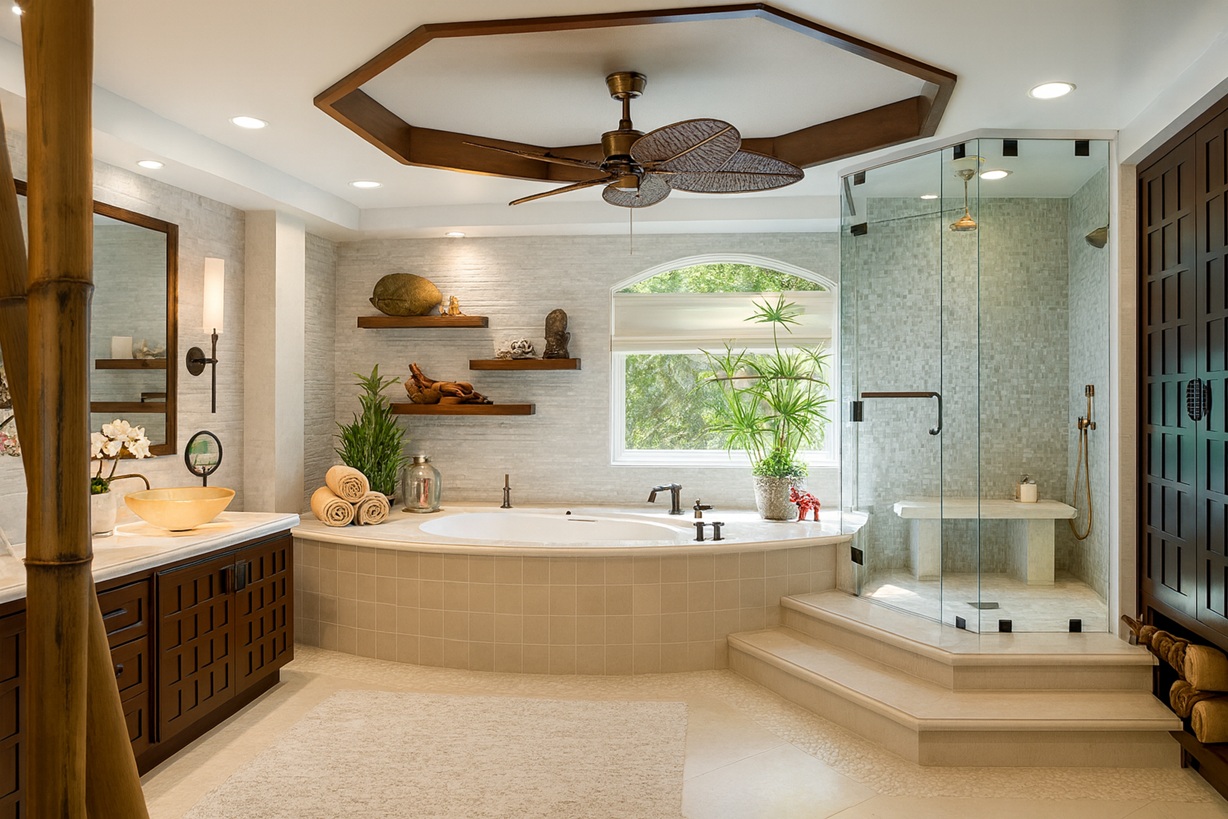

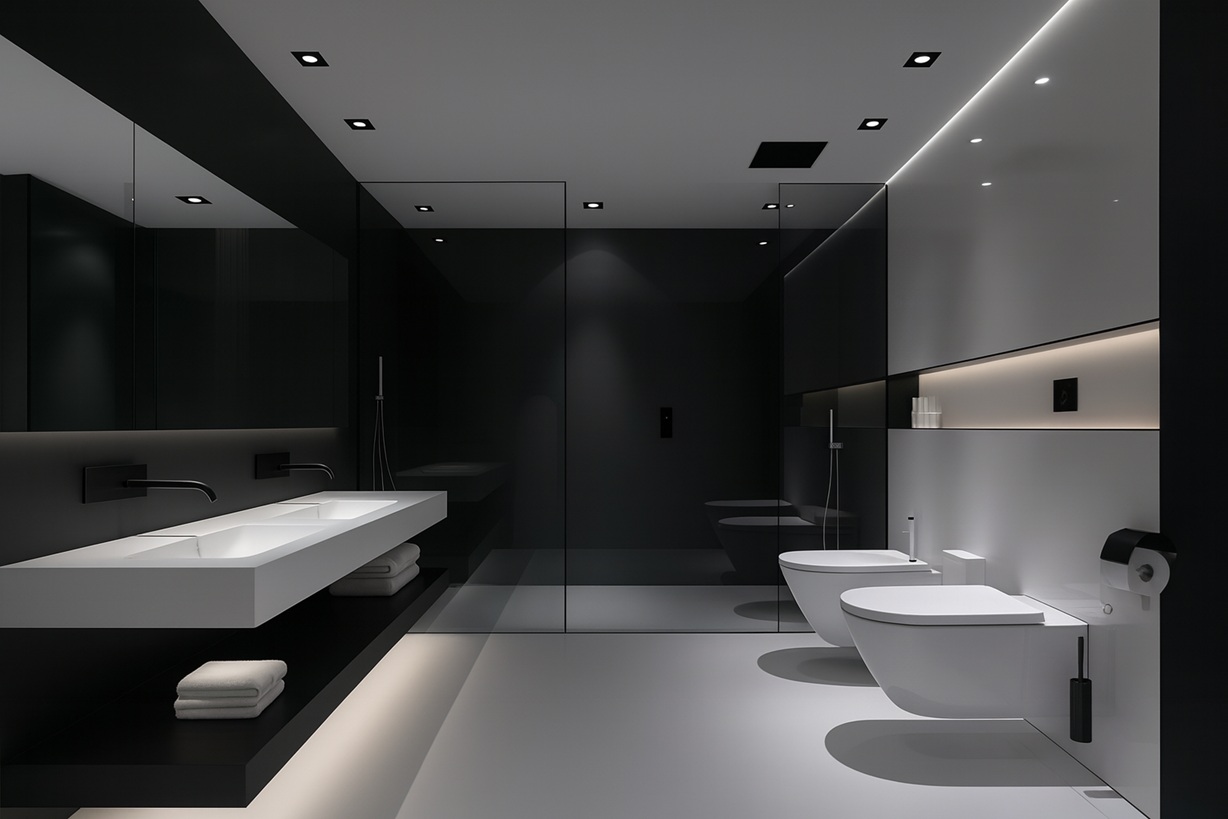
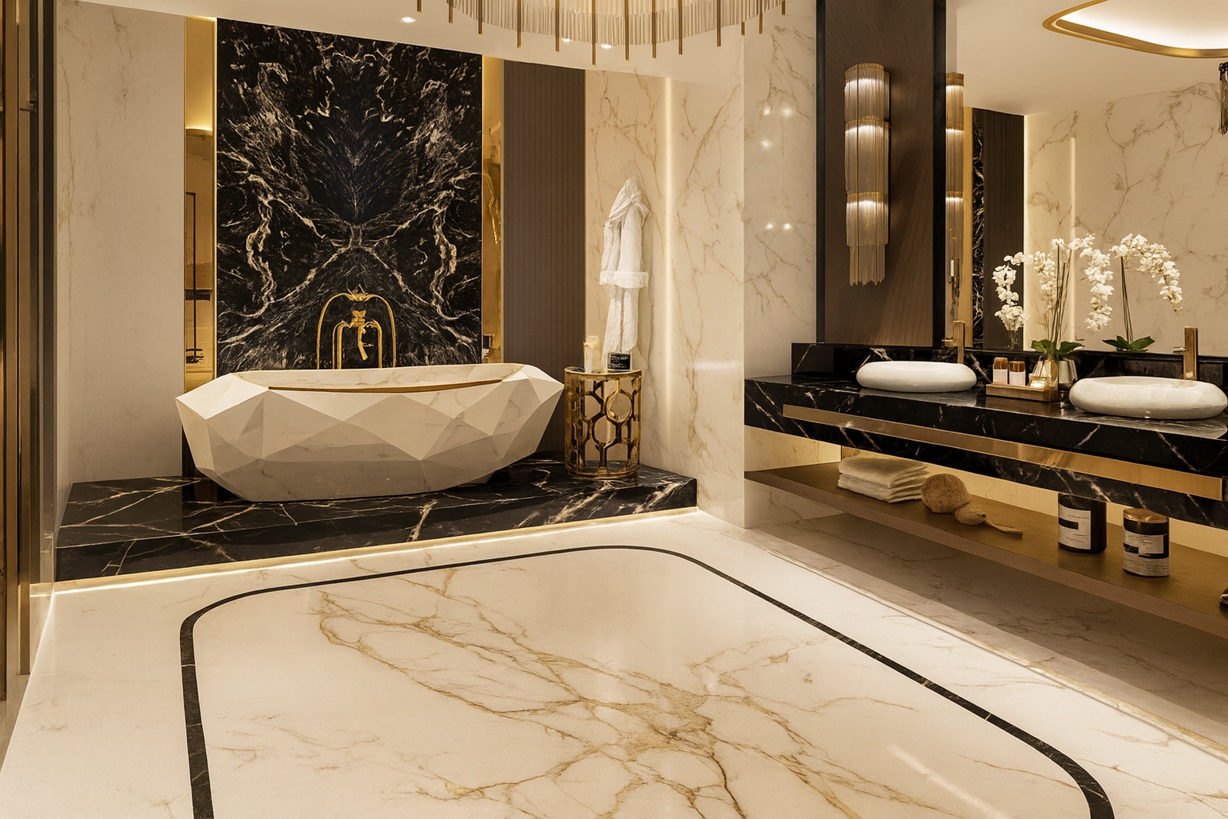
No responses yet